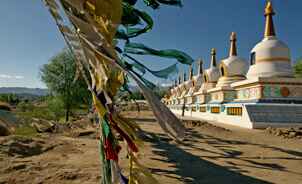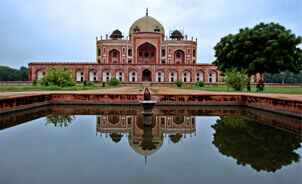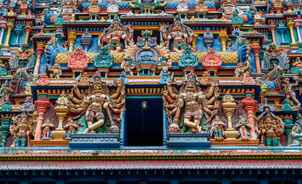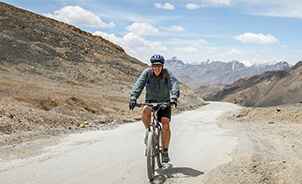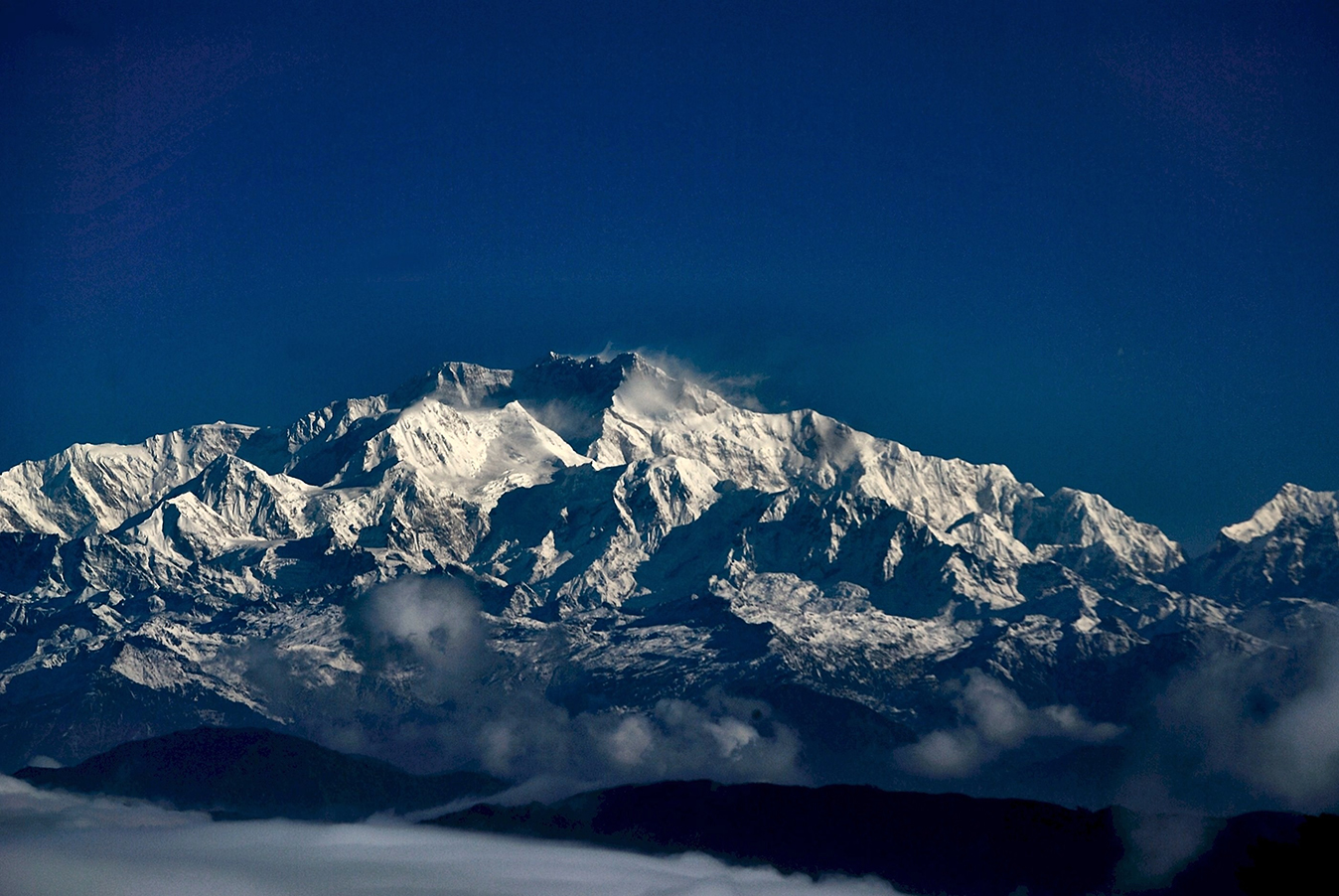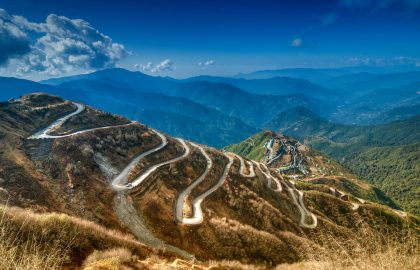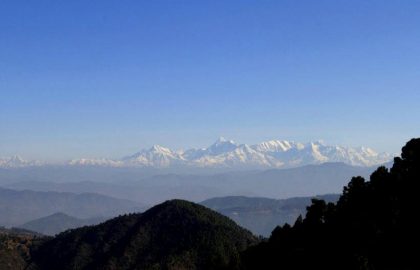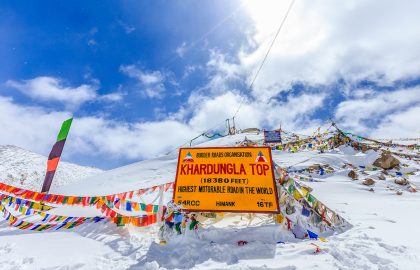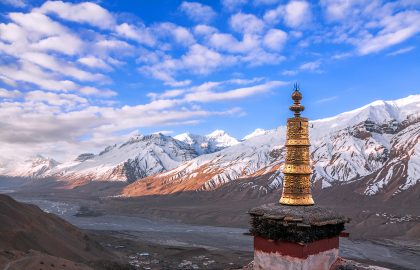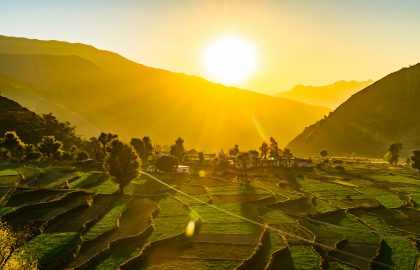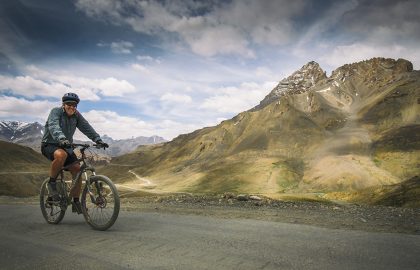Biking trails of Himalayas beckon the thrill-seekers looking to end the dry spell caused by the coronavirus pandemic.
Northeast India has been relatively spared by the scourge of the Covid-19 pandemic, and the state of Sikkim in the foothills of the Himalayas has recorded no more than a few thousand cases, with a high recovery rate to boot. This insularity of the mountainous state from coronavirus has prompted us to design an exclusive Covid-safe Sikkim Biking Tour to give you, again, the high of being on the road without even marginally compromising your health safety and well-being.
Geographically, Sikkim enjoys the covetous position of sharing boundary with three other countries. Nepal sits to its west, China looks over it from the north, and Bhutan nudges it from the east. The great Himalayan mountain range runs right through it and almost seems to graze the skies at Kanchenjunga, the highest peak in India and the third highest in the world. Quite incredibly, the altitude, which is 8,586 meters at this mountain, drops as low as 280 meters in the southern parts of Sikkim, bordering Bengal. This range of elevation in a state so small as Sikkim makes it a great spot for a Himalayan mountain biking adventure.
Our new Sikkim cycling tour weaves through the best biking trails in the region and touches the beautiful towns and villages where Buddhist culture and traditions run deep, and the people have an innate love and respect for nature.
In pre-Covid times, our Sikkim trip used to begin with a cycling tour of the state’s capital, Gangtok, at the elevation of 1650 meters. But because Gangtok is a popular tourist spot and gets a bit crowded at times, we may skip the Gangtok cycling tour altogether and, after just a night’s stay there, bike on to the quiet and gorgeous Martam village.
The south westerly downhill route from Gangtok to Martam cuts through the hilly forests of oak, poplar, elm and birch trees. Along the way, we take a short detour to Rumtek monastery, the biggest Buddhist temple in Sikkim. The monastery is Buddhism’s Dharma Chakra Centre and it houses many sacred items like paintings and relics. The golden stupa (reliquary monument) here still contains the relics of the 16th Karmapa (Buddhist spiritual leader) who fled Tibet and arrived in Sikkim during the 1959 Tibetan uprising. We take a break from cycling to visit this monastery and then continue our Sikkim biking adventure towards the village of Martam.
One of the many perks of Cycling in India is that you are likely to come upon fewer people on the tour. The density of population here is among the lowest in India and the thinly crowded rural areas are particularly suited to a biking holiday that necessitates social distancing. Martam is one such rural hamlet. Our visit here, however, is brief. A 24-km downhill ride out of the village takes us to Sirwani Bridge, after which we come upon the first big challenge of our Sikkim mountain biking tour: the uphill slog to Temi Tea Garden.
The ascent is anything but ordinary. You get to gain 1500 meters of elevation over a distance of 17km on a hilly, circuitous road. Many bikers usually pack in here and prefer to hop into our backup cab, but there are some plucky riders who take the challenge head on. Either way, what greets you at the end of the ride are lush green tea gardens in a beautiful Himalayan landscape. A tour of Temi Tea Estate is always invigorating and edifying. You get to see, first hand, how some of the finest tea in the world is processed. You also get an inside look into the workings of a sprawling tea estate.
Our Sikkim cycling tour itinerary features an overnight stay at Temi Tea Garden, but we’ve had instances in the past of bikers insisting on a whole extra day of cycling around this pretty landscape. That can be arranged, but rest assured that there are no fewer stunning sceneries on the tour ahead.
From Temi Tea Garden to the village of Ravangla is a short bike ride, but we take a detour to the Ralang Monastery, an important port of call for Buddhist pilgrims in Sikkim. On the following day, we head for the town of Yuksom, which is located right in the lap of Kanchenjunga mountain and serves as a base camp for mountaineers. Nearby, we visit the Tashiding Monastery, the holiest Buddhist place of worship in Sikkim. Biking in this part of Sikkim throws up breath-taking views of waterfalls and the snow-capped peaks of the Kanchenjunga range.
Next day’s bike ride takes us to the Khecheopalri lake which is said to have wish-granting powers. Legend has it that the 8th century Indian Buddhist master, Guru Padmasambhava, blessed this place during his stay here and the lake has ever since been revered by both Buddhists and Hindus. We overnight at the village of Pemayangste (aka Pelling), and, if time permits, visit the hilltop monastery, which houses ‘pure monks’ who are celibate and unerringly devoted to Buddhist spiritual practices.
Pelling onwards, our Cycling tour of Sikkim winds its way towards the neighbouring state of Bengal. The first leg of this long journey goes downhill and we can simply freewheel it until we reach the beginning of the steep ascent to Darjeeling. This uphill ride is best covered by cab. The hill station of Darjeeling is located at the height of 2042 meters and used to be the finale treat of our Sikkim biking trip, but, given the concerns of social distancing, we’ve scrapped our daylong sightseeing tour of Darjeeling, but have retained a special trip to Tiger Hill, a vantage point near Darjeeling from where one can catch the rare sight of Kanchenjunga and Mount Everest in the same panoramic view.
This jaw-dropping sight of two of the greatest mountain peaks in the world brings our Covid-safe cycling tour to an end. The entire trip is safe from your health point of view. No effort is spared to maintain social distancing. The accommodation chosen is top-class in terms of hygiene and sanitation. The bikes are disinfected multiple times daily, and crowded places are strictly off the itinerary. In short, here is a Himalayan biking adventure you can use to get over the corona blues.

